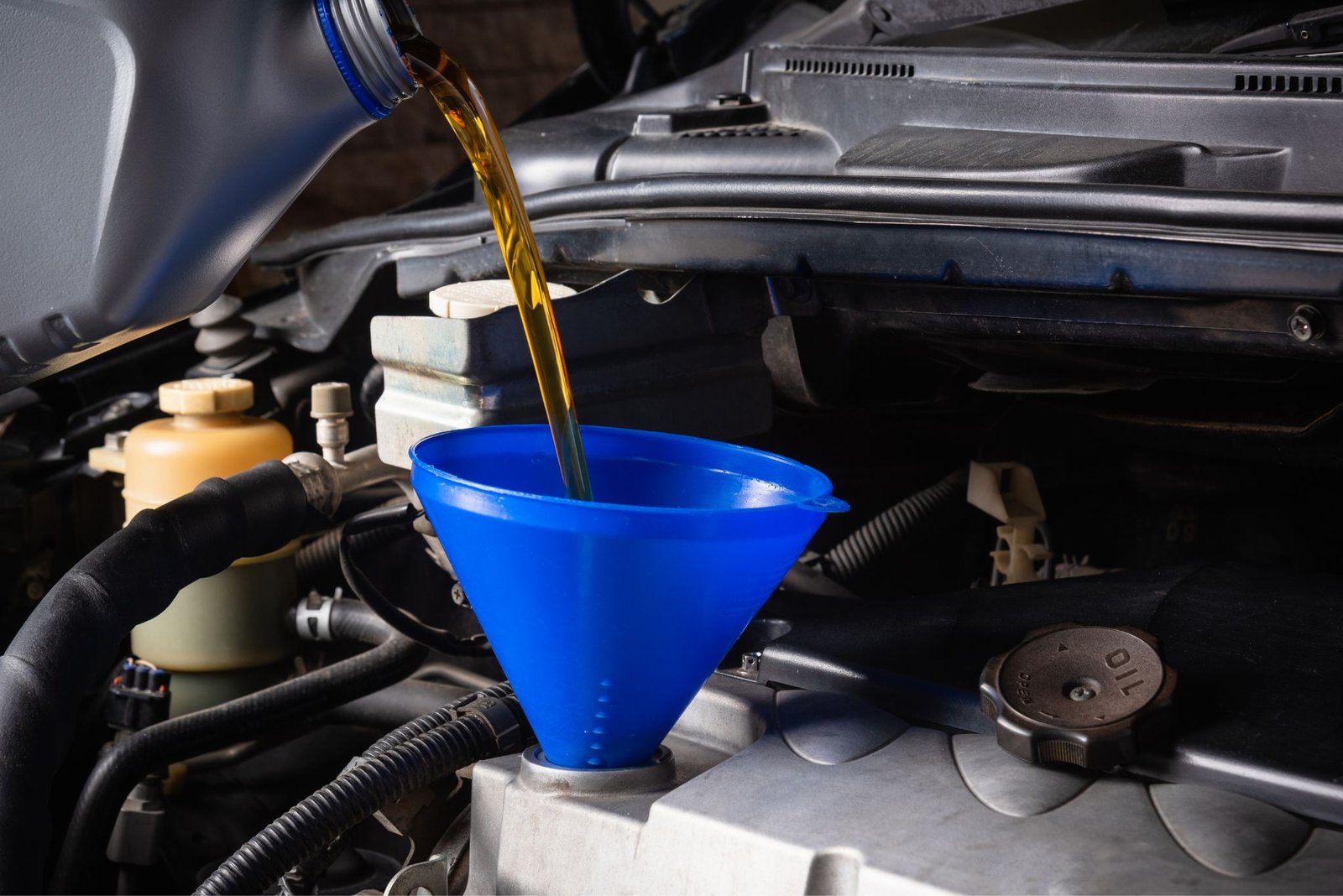Changing your engine oil is one of the most vital car maintenance tasks that every car owner should know how to perform. Not only will how to change engine oil help you save money on professional services, but it also ensures that your engine operates smoothly for a longer period. Whether you’re a beginner or an experienced DIYer, follow this comprehensive guide to perform an oil change like a pro.
Learn How to check tire pressure for a safer driving experience
Why Changing Engine Oil is Crucial for Your Car
Before diving into the practical steps, it’s important to understand why changing engine oil is essential. Oil lubricates the engine components, preventing friction and overheating. Over time, however, oil loses its effectiveness, which can lead to poor engine performance and potential engine damage.
By learning how to change engine oil, you’ll be able to maintain optimal engine health. Most car manufacturers recommend an oil change every 3,000 to 5,000 miles, depending on your car’s make, model, and the oil type used.
Tools and Supplies You’ll Need for an Oil Change
Changing your engine oil at home is easy with the right tools. Here’s a list of items you’ll need to get started with your oil change:
- Engine oil: Always check your car’s manual for the right oil type and quantity.
- Oil filter: Be sure to use the correct filter for your vehicle.
- Oil filter wrench: This tool helps you remove the old filter.
- Drain pan: A container for catching the old oil.
- Funnel: To help pour the new oil into your engine.
- Socket wrench: For loosening the oil drain plug.
- Gloves: Protect your hands from stains and dirt.
- Car jack or ramps: To raise your car for easier access.
- Rags or paper towels: For cleaning up any spills.
Step-by-Step Guide: How to Change Engine Oil Like a Pro
1. Prepare Your Car and Tools
Start by parking your car on a level surface and ensuring the engine is cool. It’s best to wait about 15 minutes after running your engine before changing the oil. If you need to lift the car to reach the oil drain plug, use a car jack or ramps and ensure the car is secure.
Gather all the necessary tools and supplies so you don’t have to waste time looking for them.
2. Locate the Oil Drain Plug and Oil Filter
The first step in how to change engine oil is to locate the oil drain plug and oil filter. The oil cap, which is usually labeled with the word “oil,” can be found on the top of your engine. The oil drain plug is located underneath the car at the bottom of the oil pan, while the oil filter is often near the engine block.
3. Drain the Old Oil
Position the drain pan beneath the oil drain plug. Use a socket wrench to carefully remove the plug and allow the oil to drain completely into the pan. Be cautious, as the oil can be hot. Let it drain for about 15 minutes to ensure all the old oil is out of the engine.
While the oil is draining, you can use the oil filter wrench to remove the old oil filter. Be sure to dispose of both the used oil and filter properly.
4. Install the New Oil Filter
Before installing the new oil filter, apply a little clean oil to the rubber gasket on the new filter. This helps create a secure seal, preventing leaks. Tighten the oil filter by hand, making sure not to overtighten it.
5. Add the New Engine Oil
Once the old oil has drained, replace the drain plug and tighten it with the socket wrench. Now, remove the oil cap and pour in the new engine oil using a funnel. Follow your car’s manual for the recommended oil capacity and type. Use the dipstick to check the oil level as you add it.

6. Check for Leaks and Oil Levels
After adding the new oil, replace the oil cap and start the engine. Let it run for a few minutes, then shut it off and wait a minute. Use the dipstick to check the oil level, and add more if needed. Look around the oil filter and drain plug for any leaks.
7. Dispose of the Old Oil and Filter
Proper disposal of the used oil and filter is critical for the environment. Many auto shops will accept used oil, and some may recycle it for you. Be sure to transport the used oil in a sealed container.
DIY Oil Change Tips for a Successful Job
If you’re looking to take your DIY skills to the next level, here are some essential DIY oil change tips to keep in mind:
- Check Oil Levels Regularly: Even if you’re not due for an oil change, always check your oil level regularly. This will help you catch any leaks or low oil levels before they cause problems.
- Use the Correct Oil: Always use the oil type recommended in your car’s manual. Using the wrong oil can lead to engine damage and void your warranty.
- Work in a Well-Ventilated Area: Make sure you change your oil in an open, well-ventilated area to avoid inhaling harmful fumes.
- Inspect Your Oil Filter: Always check the oil filter for any signs of wear or damage. If the filter is old, replace it with a new one.
- Stay Organized: Keep your tools and supplies organized to prevent delays during the oil change process.
Conclusion
Changing your engine oil is one of the easiest and most important car maintenance tasks that any car owner can do. With the proper tools and following the right steps for how to change engine oil, you can easily complete this job on your own. Incorporating these DIY oil change tips will help ensure that your car stays in great shape and that you get the most out of your engine for years to come.
Find the Best engine oil for cars to keep your engine running smoothly





